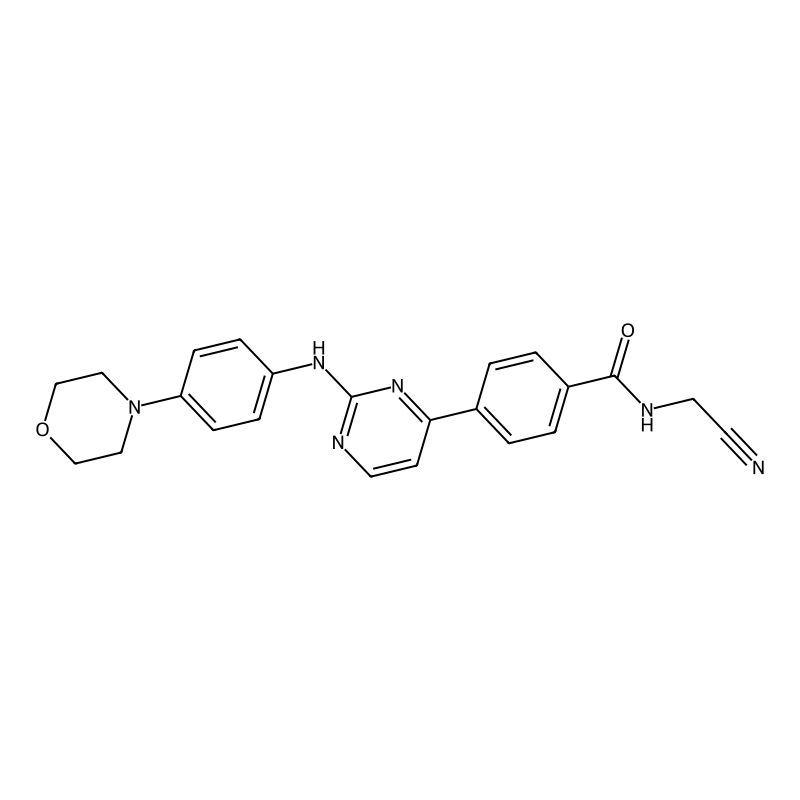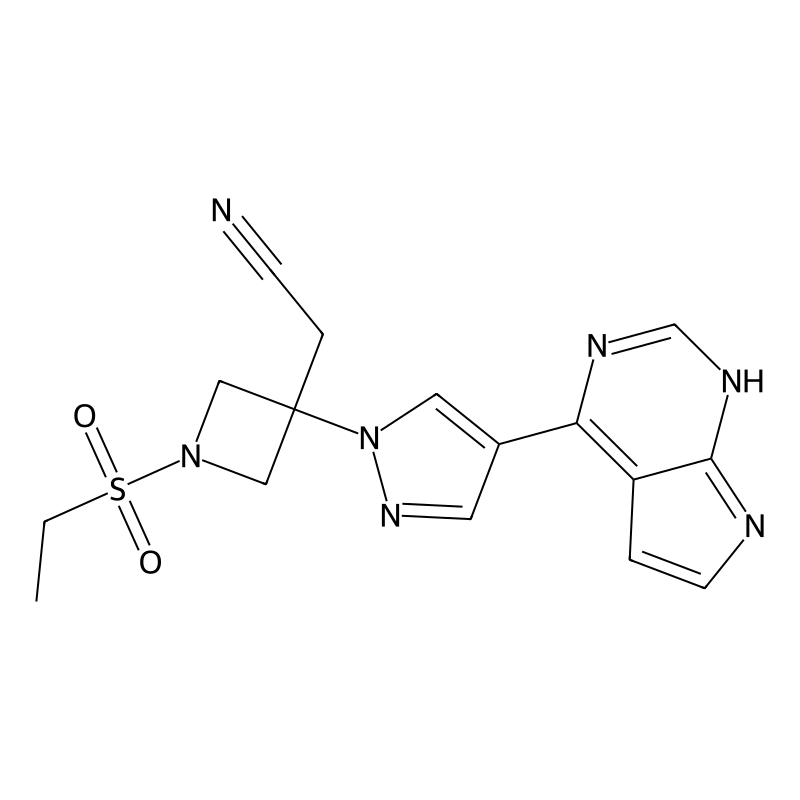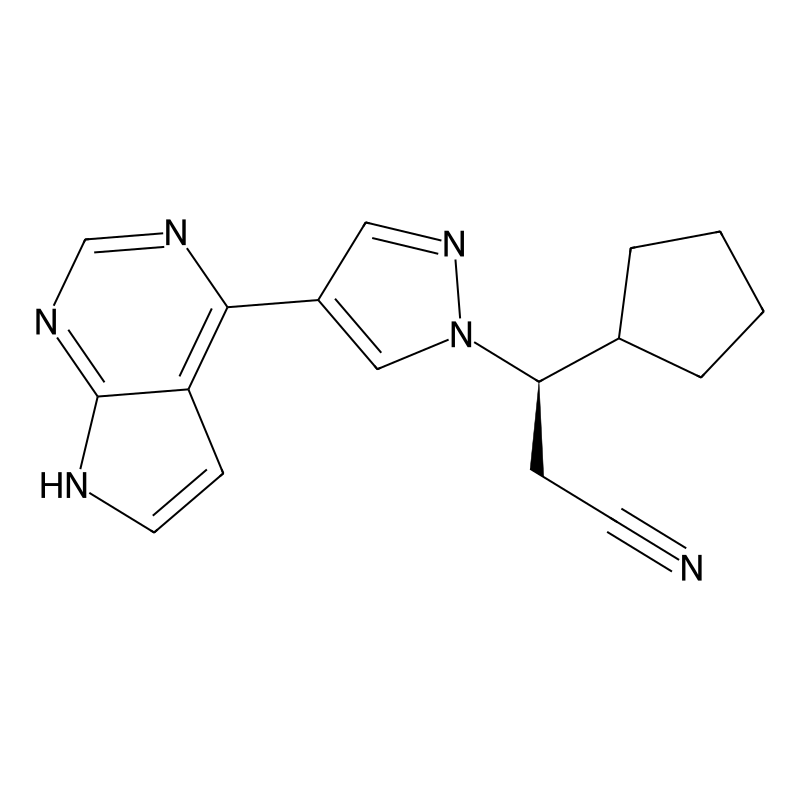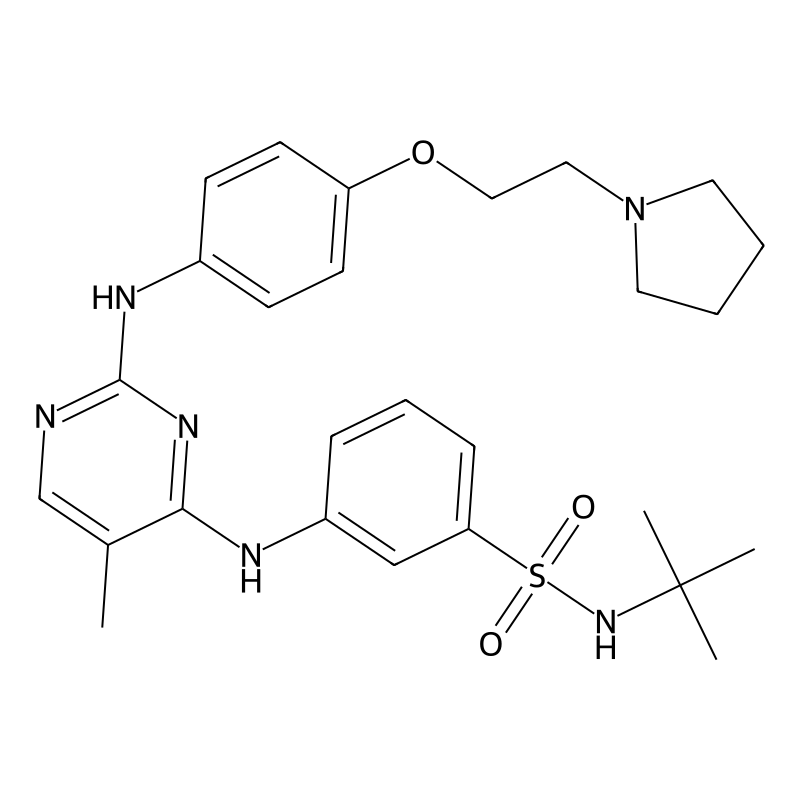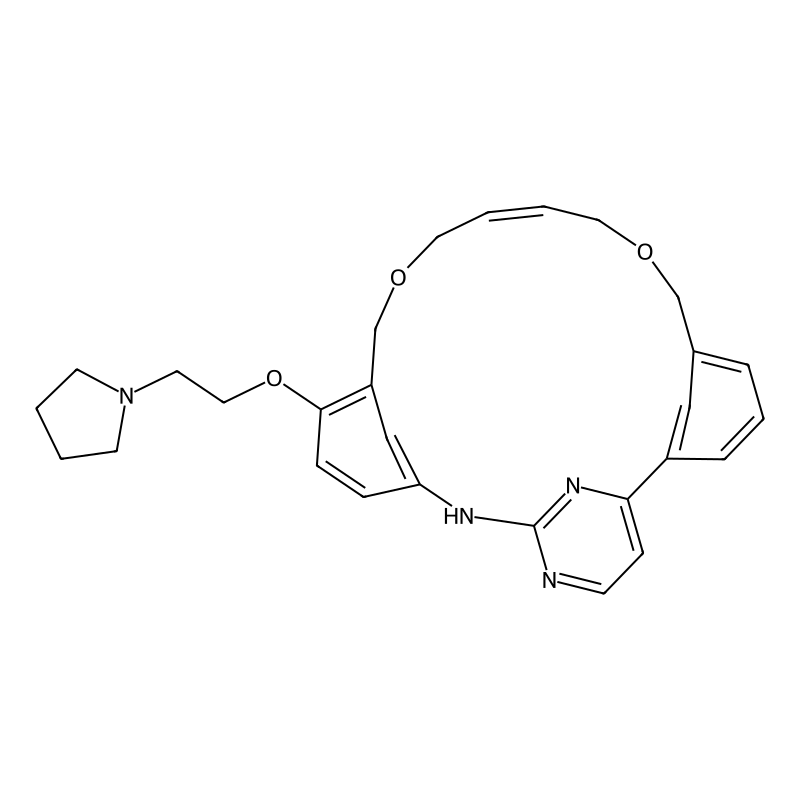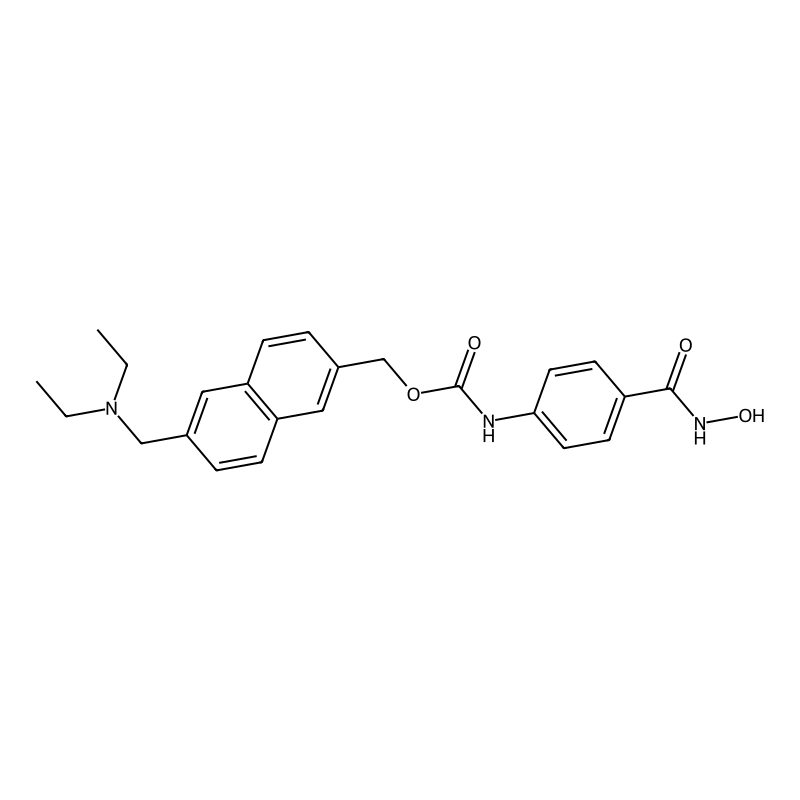TSLP Signaling Pathway
CAS No.:1056634-68-4
Molecular Formula:C23H22N6O2
Molecular Weight:414.5 g/mol
Availability:
In Stock
CAS No.:1187594-09-7
Molecular Formula:C16H17N7O2S
Molecular Weight:371.4 g/mol
Availability:
In Stock
CAS No.:941678-49-5
Molecular Formula:C17H18N6
Molecular Weight:306.4 g/mol
Availability:
In Stock
CAS No.:936091-26-8
Molecular Formula:C27H36N6O3S
Molecular Weight:524.7 g/mol
Availability:
In Stock
CAS No.:937272-79-2
Molecular Formula:C28H32N4O3
Molecular Weight:472.6 g/mol
Availability:
In Stock
CAS No.:497833-27-9
Molecular Formula:C24H27N3O4
Molecular Weight:421.5 g/mol
Availability:
In Stock
